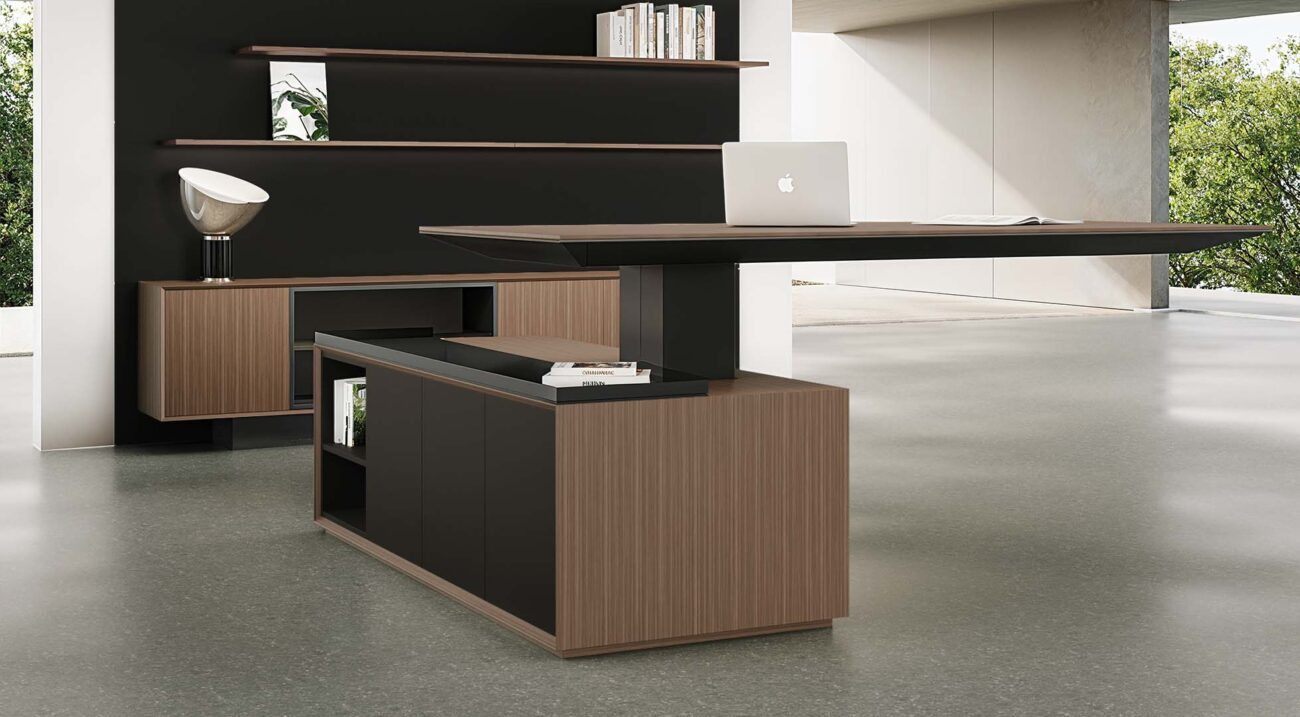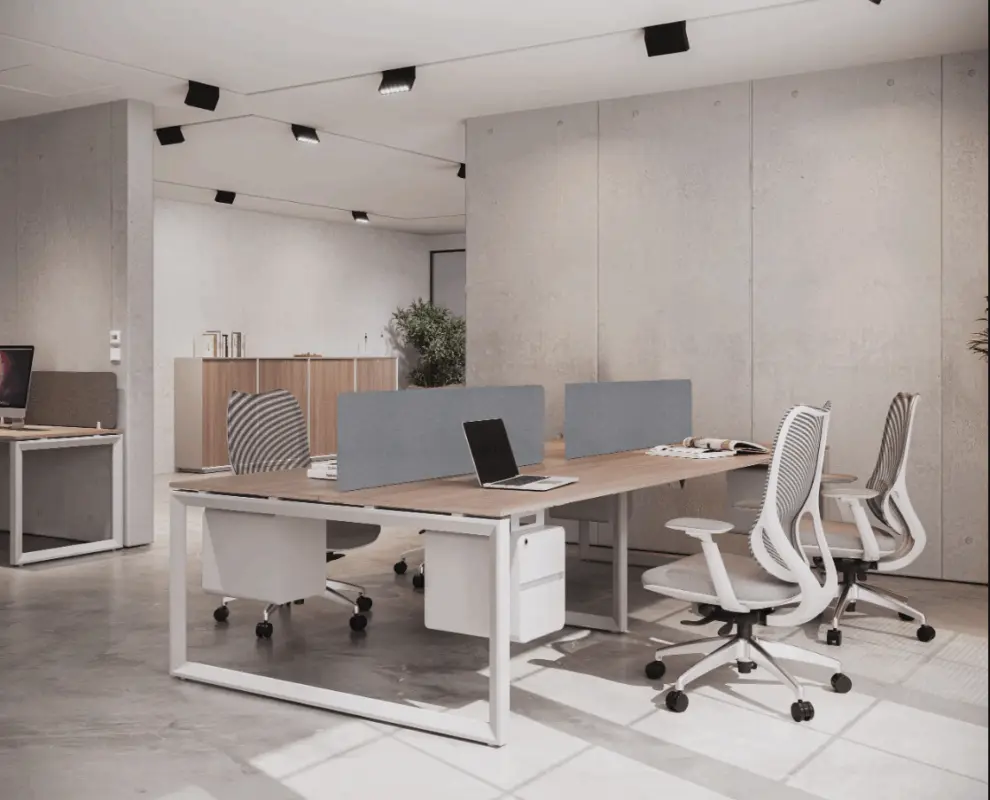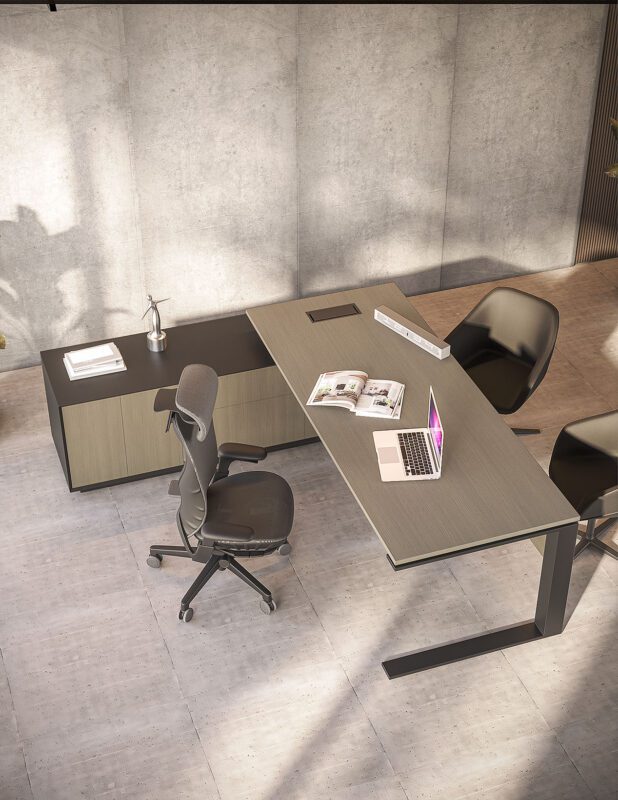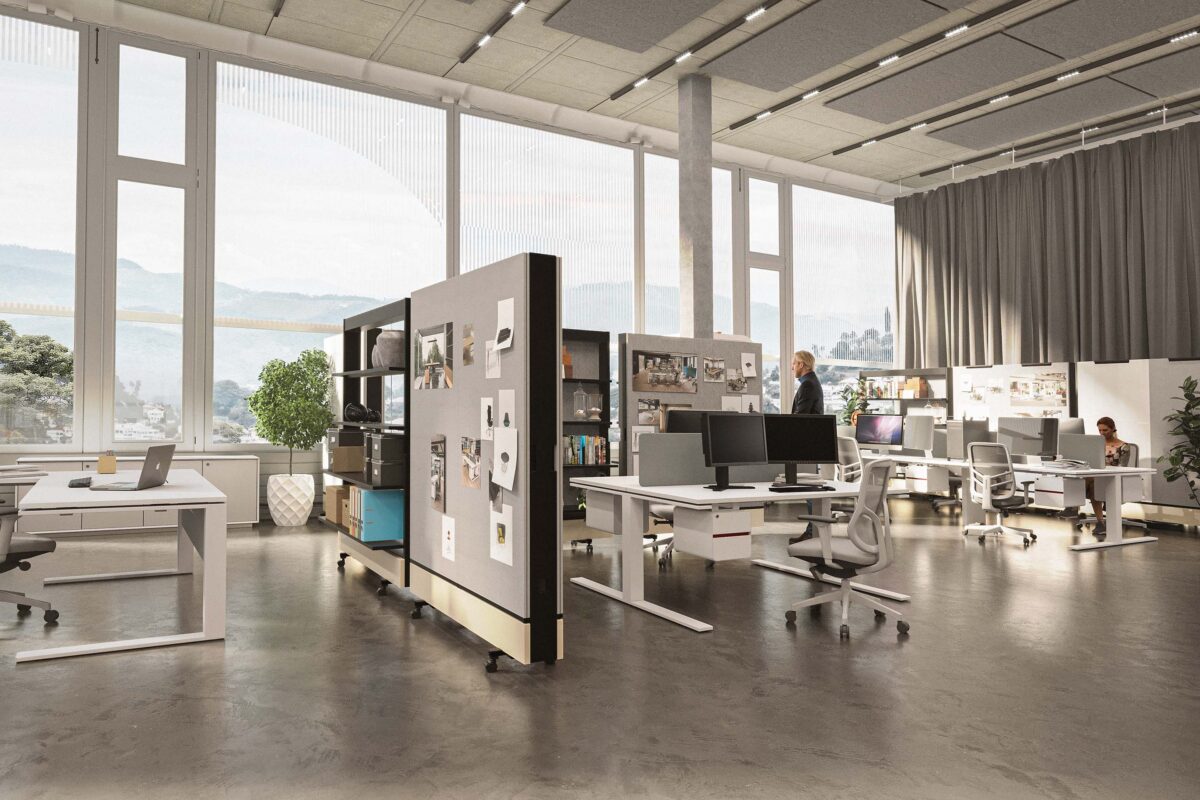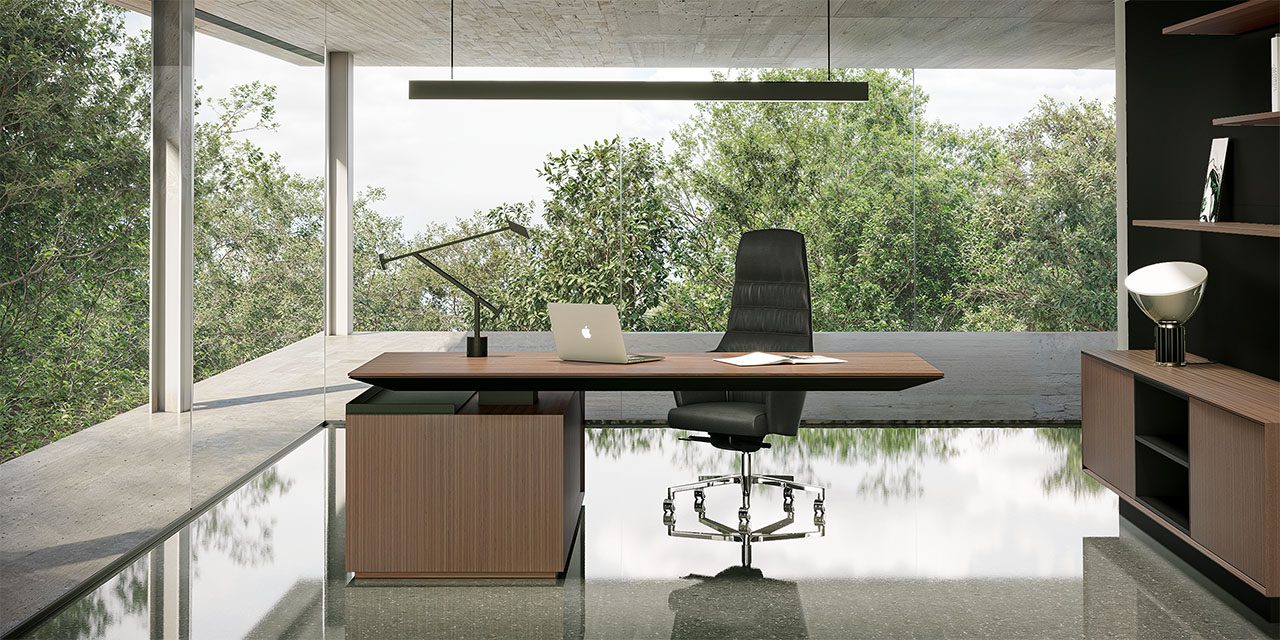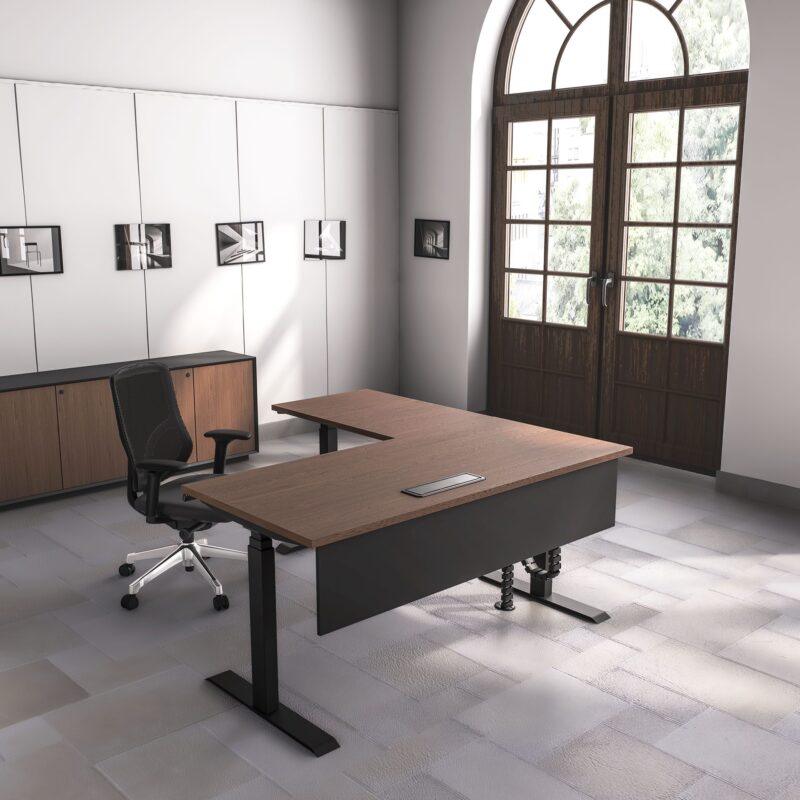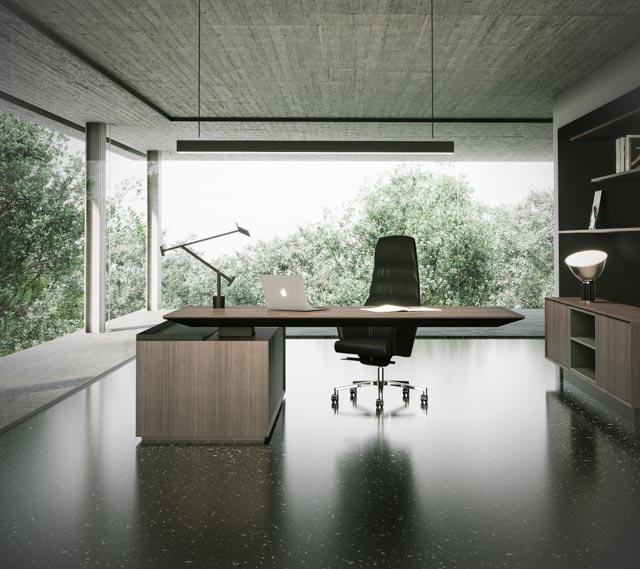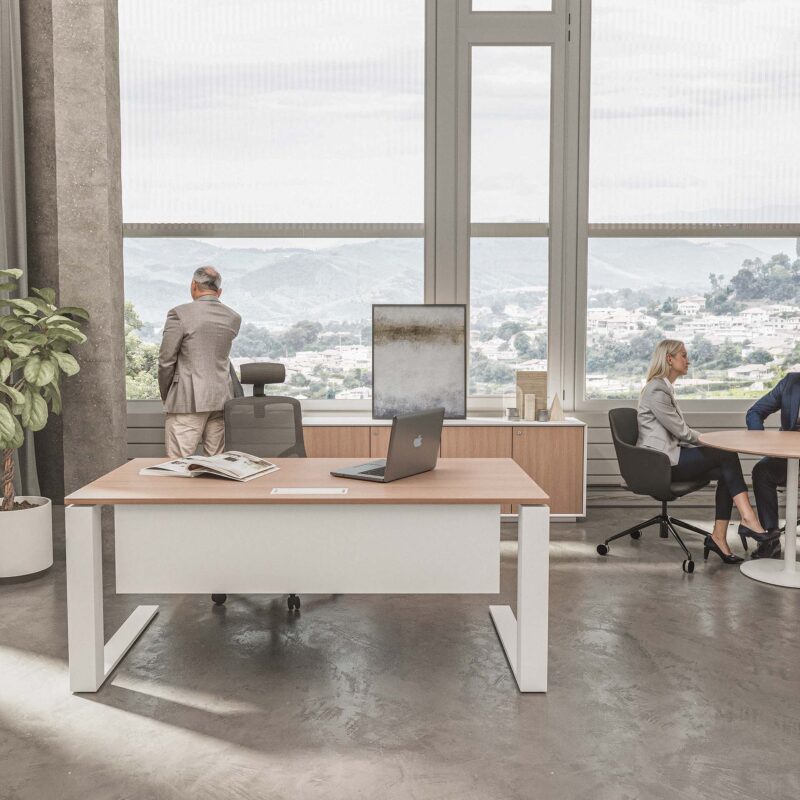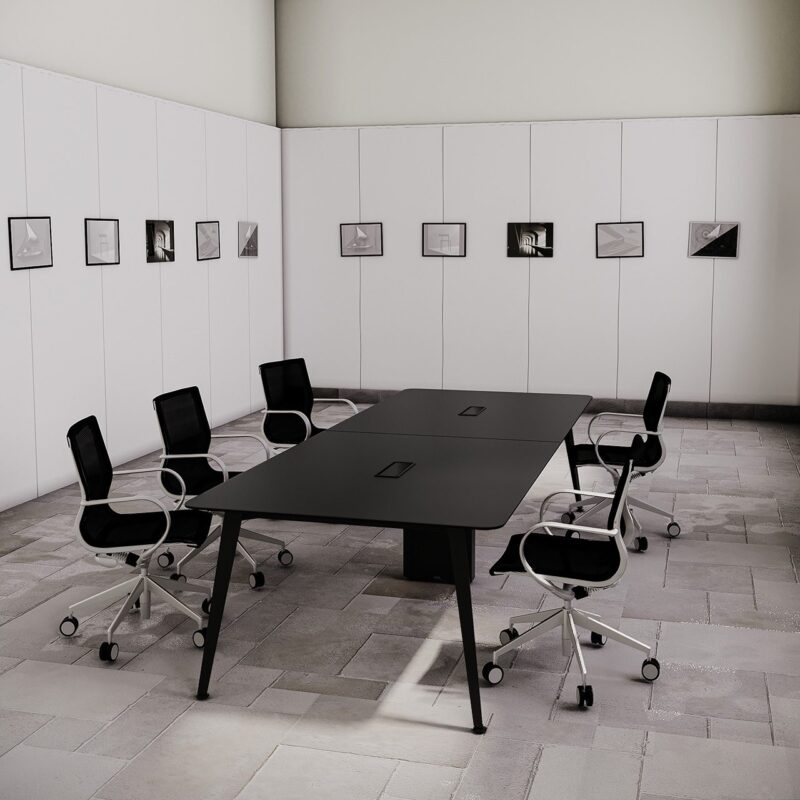Sizing Matters: The Ultimate Guide to Desk Table Placement for Maximizing Office Space
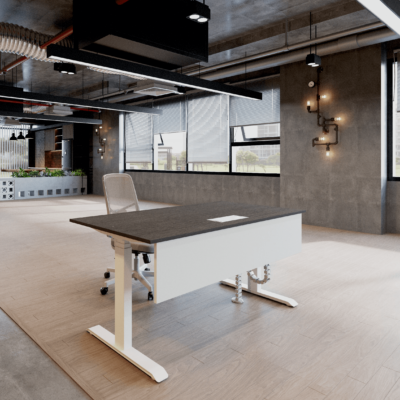
Sizing Matters: The Ultimate Guide to Desk Table Placement for Maximizing Office Space
In today’s modern offices, where you put your desk table is more than a design choice. If you pick the right size and place for it, a desk significantly boosts your comfort; it sets up a nice rhythm where you stay focused without even trying. A smart setup comes down to seeing how the desk fits with everything else around it. Good positioning means you sit straighter, fewer things pull your attention away, and the office space opens up welcomingly. Let’s explore sizing and placing the desk table right for top efficiency.
Finding the Perfect Desk Table Size
Picking the correct size for your desk lays the groundwork for a tidy and functional work area. If you get the measurements off, it just ends up causing a mess everywhere, some real discomfort, and a bunch of space going to waste.
Standard Desk Dimensions You Should Know
Getting the right desk size makes a big difference in how you feel after hours at work.
- Height: Aim for 73 to 78 cm. That setup supports good posture and fits most standard chairs well.
- Length: 120 to 180 cm, it depends on your equipment and the space you have available.
- Depth: 60 to 90 cm, enough room for monitors, documents, and accessories.
If you have multiple screens or need more space, a rectangular desk is a smart pick. Try a sit-stand desk for something flexible, which lets you change postures for better comfort.
Matching Desk Size to Your Workstyle
The desk that suits you best really hinges on your work habits.
- Individual desk: Right in for quiet, no-frills sessions where you just need to concentrate.
- L-shaped desks: Maximizes corner spaces while offering dual work zones.
- Workstation: These are for team chats or when handling multiple jobs simultaneously.
The desk has to match your routine, not the other way around.
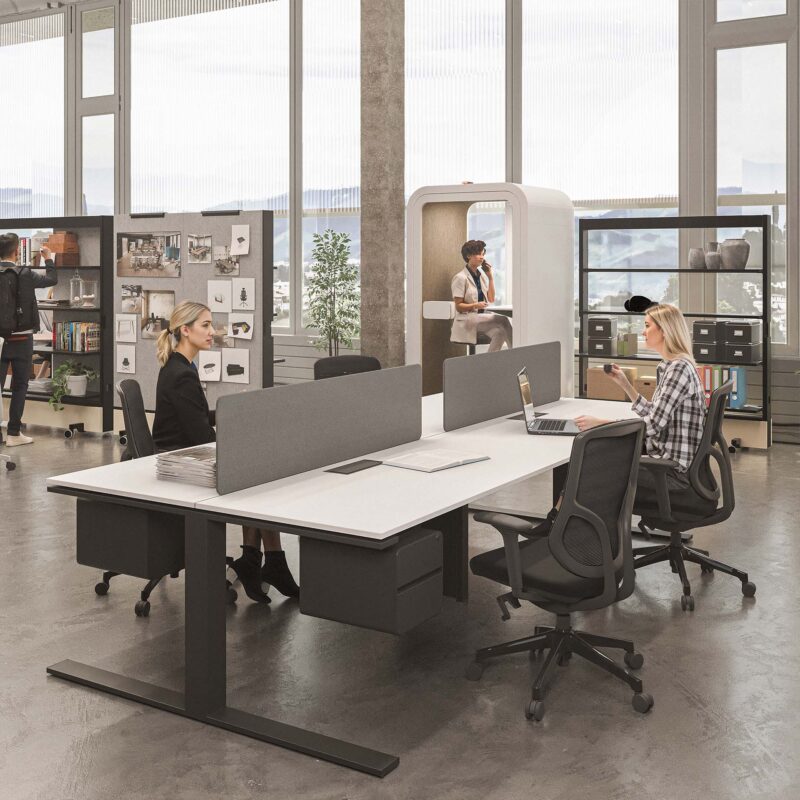
Smart Desk Table Placement Tips
Once you pick the right size for your desk, where you put it really decides whether your workspace will work well; placement can make a big difference.
Plan Your Space Like a Designer
You want to consider a few key things to set it up efficiently.
- Lighting: Put the desk close to some natural light, but not right where the sun blasts straight onto your screens and messes things up.
- Movement: Make sure you have at least 80 cm of space on every side to move easily.
- Power Access: Position it near some outlets; it helps cut down on all those tangled cables everywhere.
- Storage: Keep your drawer cabinets or shelves nearby. This way, you can easily grab what you need without hunting around.
Little changes like these open up the room. They make the office feel bigger, work better, and not cramped or off-putting.
Common Placement Mistakes to Avoid
Watch out for these common mistakes when setting up your desk.
- Dont shove it up against the wall or a window; it just makes everything feel cramped.
- Avoid blocking the paths around or stuffing too much furniture.
- Skipping cable management or letting accessories pile up everywhere.
A thoughtfully assembled workspace boosts efficiency and keeps things more open.
Designing for Flow and Function
A good workspace just works better when it looks nice. That kind of visual balance makes you feel more pumped up, which helps make those long days at work not so bad. Getting the balance right takes a few steps.
- Coordinate materials and tones: Match your desk with chairs and surrounding decor.
- Use natural elements: indoor plants or softer lights can calm the room.
- Keep things minimal: Extra junk distracts your attention, and you lose focus.
- Mind your orientation: Looking out into open space tends to help you concentrate more and feel more comfortable.
Little fixes, like sorting out those cables or wiping down the desk top, count a lot. Your whole area perks up right away.
Read Also: Designing Hybrid Workspaces: Office Furniture for Flexibility
Space-Saving Desk Table Ideas
Even in smaller offices, good planning changes everything.
Here are a few ways to make the space feel right without losing comfort.
- Compact desks: Modular or foldable types easily fit into tight spots.
- Corner setups: L-shaped desks help you squeeze every room out there.
- Vertical storage: Add some shelves, and the tops will stay clear, so there will be no mess around.
- Collaborative layouts: Smartly group the desks, encouraging teamwork while giving individuals space.
Make Your Space Work Smarter
Your workspace ought to work for you, not the other way around. Getting the desk size and spot just right creates a balance that really helps with creativity, boosts efficiency, and comfort comes along with it.
Urban 411 understands what individuals in modern jobs want from their office spaces. We can assist you in rethinking your whole setup and ensure that our solutions fit your aim. You could put together one workstation or overhaul an entire office. Either way, the team here focuses on creating places that promote productivity and supporting well-being.
FAQ
1. What is the ideal size for a standard desk table?
The ideal desk table is about 73–78 cm high, 120–180 cm long, and 60–90 cm deep. These dimensions offer comfort and enough room for your daily tasks.
2. How do I position my desk table to maximize office space?
For an open, efficient layout, place your desk near natural light, leave 80 cm of clearance for movement, and keep power sources within reach.
3. Which desk table shape is best for small offices?
An L-shaped or rectangular desk is best for small spaces. It effectively uses corners and provides enough room for storage and accessories.
4. How can I make my workspace feel more comfortable and productive?
Choose the right desk size, reduce clutter, add drawer cabinets for storage, and use natural elements like plants or lighting to enhance focus and comfort.


